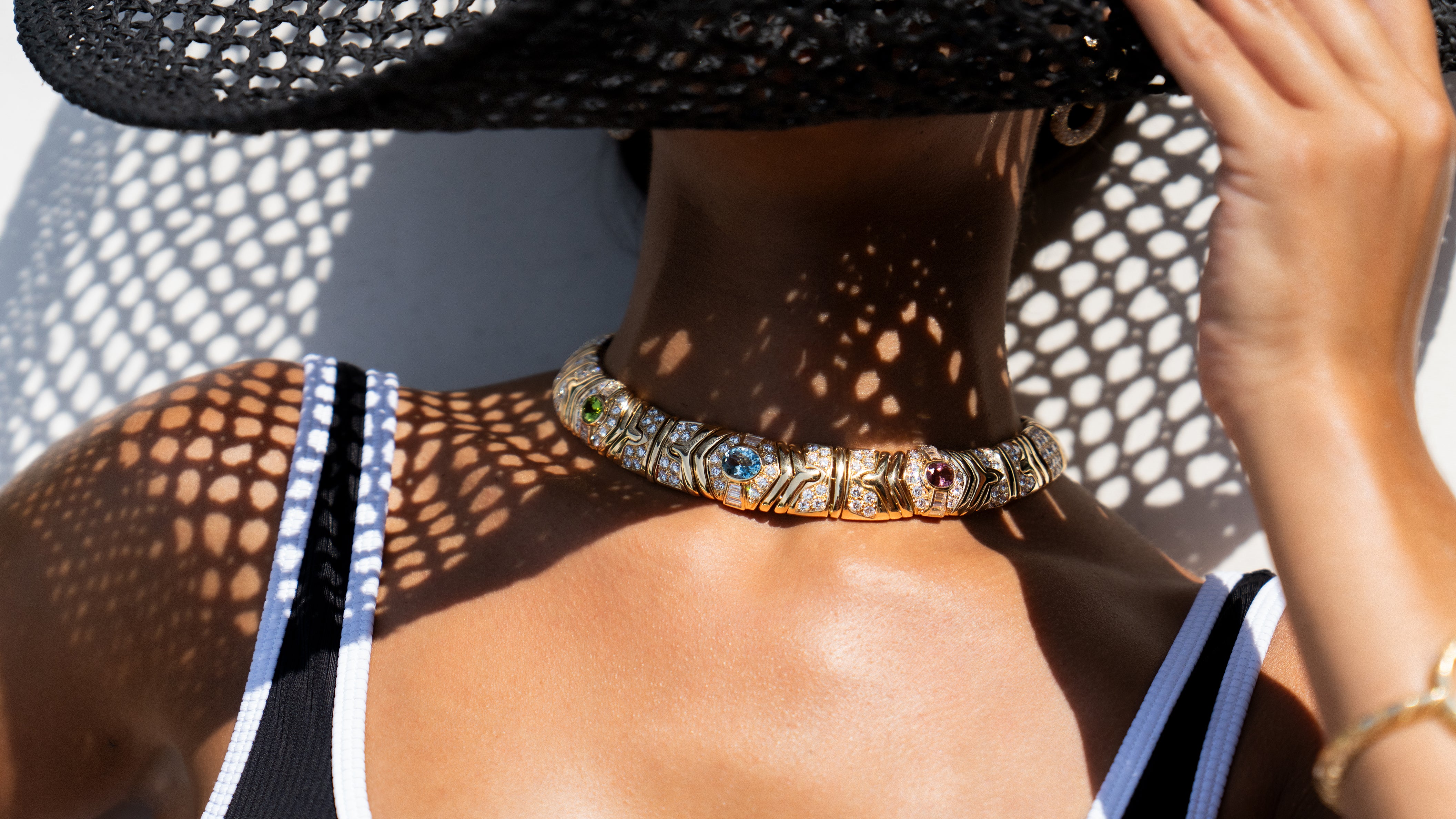Castellani – The Jewelry Pioneer of Saving Ancient Italian Techniques
Looking to the past to secure the present is crucial. We glance backward to learn, to perfect, and often to preserve. Such is the case with Italian jeweler, dealer, and goldsmith Fortunato Pio Castellani and his legacy that upheld and reintroduced Italy's design history.
In the Beginning
Castellani was born in Italy in 1794 and opened a jewelry workshop in Rome in 1814. As a newly trained jeweler, he was impacted by the modern trends of his day, basing much of his work on French and English styles that were popular in society.
In the 1820s, Castellani developed his approach and veered away from external influences. He looked to his Italian heritage and was inspired by the Etruscan culture, which hailed from the western Tuscan region in the 7th to 5th centuries BC. Eventually, he met Michelangelo Caetani, who was giving a lecture on recreating the look and style of ancient Italian work. It was then that Castellani looked deeper into the past for inspiration, and Caetani became his friend and financier.

A New Technique and New Inspiration
Seeing the deeper yellow hues in ancient gold, Castellani developed a method to alter new gold to have the same tone and patina as age-old pieces. Upon the discovery of the Regolini-Galassi burial chamber in 1836, the papal authorities commissioned Castellani as a jewelry expert and advisor. The tomb included a well-preserved collection of Etruscan jewelry.
Because of his hands-on work with the Regolini-Galassi assemblage, Castellani was able to study the pieces carefully and observe bygone techniques. Instead of cutting, engraving, or manipulating gold, he discovered that the Etruscans used a technique called granulation, which involved adding small dots of gold to the jewelry's surface to create designs. Additionally, many of the pieces incorporated intricate wirework, called filigree.
This experience inspired Castellani to utilize filigree and the lost art of granulation in his pieces, and thus a revival of ancient Italian techniques was born. Archaic motifs such as urns and rosettes exist in many of Castellani's designs. He often included micro-mosaics, cameos, and intaglios. Although many of his designs utilized simple, geometric patterns, the finished pieces were precisely detailed using newly rediscovered techniques.
Internationally Adored
Not only did Italian society adore Castellani's pieces, but his style of mimicking and recreating archaeological designs became popular in America and Europe. Castellani's work was widely known as he greatly influenced Victorian jewelry, and other artisans of his day widely copied his style. He remains viewed as a pioneer of archaeological revival jewelry.

An Emphasis on Heritage
His shop resided next to the Trevi Fountain, and the Castellani family – including his two sons Alessandro and Augusto – prided themselves on preserving the history of Italy by creating what they deemed "Italian archaeological jewelry." They branched out to deal in and restore antiquities to continue defending their country's heritage. The storefront also housed jewelry and artifacts in a museum that was frequented by scholars and tourists.
Castellani and his sons were significantly involved in the political scene, holding a variety of public offices. In 1848, the shop closed temporarily due to the rising political climate in Italy, and in 1851 Castellani retired. The company management was passed on to his sons, and the business thrived under them. In the 1860s, Alessandro's political leanings made him an exile of Rome. Yet, he took this opportunity to market the Castellani name in locations such as London, Paris, Florence, and Naples, where he eventually opened up a shop.
The Castellani dynasty spanned three generations, including Castellani himself, his two sons, and eventually his grandson taking over the business. The oldest Castellani passed away in 1865. The firm remained open until 1930 after his grandson, Alfredo, died. The Italian state received the family's antiquities as a donation.

Castellani Legacy
Castellani pieces feature the name "Castellani" as their marking. They may or may not include a double "C," with the openings of the C's facing in opposite directions along with the "Castellani" name.
Influenced by a love for history, ancient techniques, and his Italian heritage, Castellani not only impacted trends and politics, he created a legacy for his family and also for today's jewelry collectors. His revival of past techniques and classic design continues to make a statement for Castellani even today.
Shop Our Castellani Collection
Learn About Victorian Jewelry

